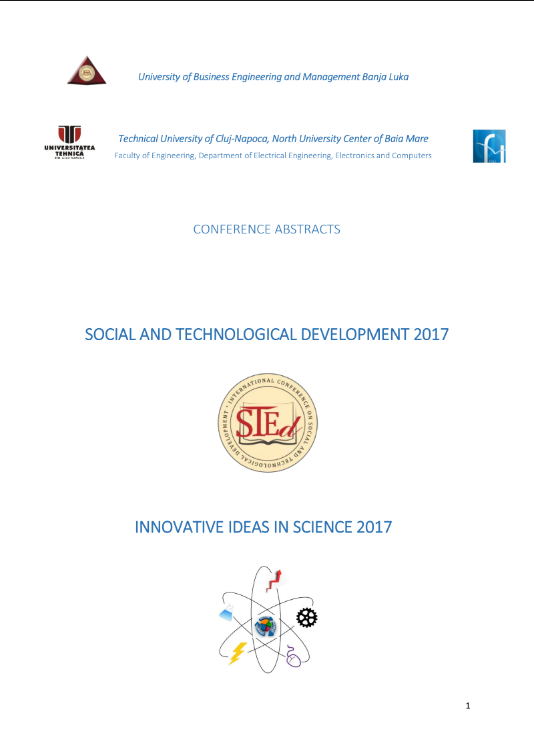
This is an open access article distributed under the Creative Commons Attribution License which permits unrestricted use, distribution, and reproduction in any medium, provided the original work is properly cited.
An important aspect of a distributed system regards the design of the communication subsystem meaning the design of its interconnection network. The design of the interconnection network suppose a compromise to achieve some objectives as: high transfer rate, small communication delay, simplicity, scalability, optimal rapport cost/performance. An interconnection network can be seen as a finite graph with the vertices representing the nodes of the network that is processing elements, and the edges corresponding to the communication links. The properties of a network can be studied using combinatorics and graph theory. The hypercube network is one of the most efficient interconnection network used for parallel computation. Its great popularity is due to modularity, symmetry, low diameter and good fault- tolerance. The hypercube is also well suited for efficient simulation of other networks. A number of “hypercube-like” topologies, cube connected cycles, de Bruijn, star-graph, pancake graph have been studied. The Fibonacci Cubes and Extended Fibonacci Cubes, are two topologies based on the sequence of Fibonacci numbers. These topologies provide good properties for an interconnection network regarding diameter, node degree, recursive decomposition, embeddability, communication algorithms and strong recursive structure. The Fibonacci Cubes and Extended Fibonacci Cubes are subgraphs of hypercubes, induced by vertices represented by Fibonacci or extended Fibonacci numbers. In this paper we study the number of disjoint subgraphs isomorphic to hypercubes that can be embedded in Extended Fibonacci Cubes.
The statements, opinions and data contained in the journal are solely those of the individual authors and contributors and not of the publisher and the editor(s). We stay neutral with regard to jurisdictional claims in published maps and institutional affiliations.